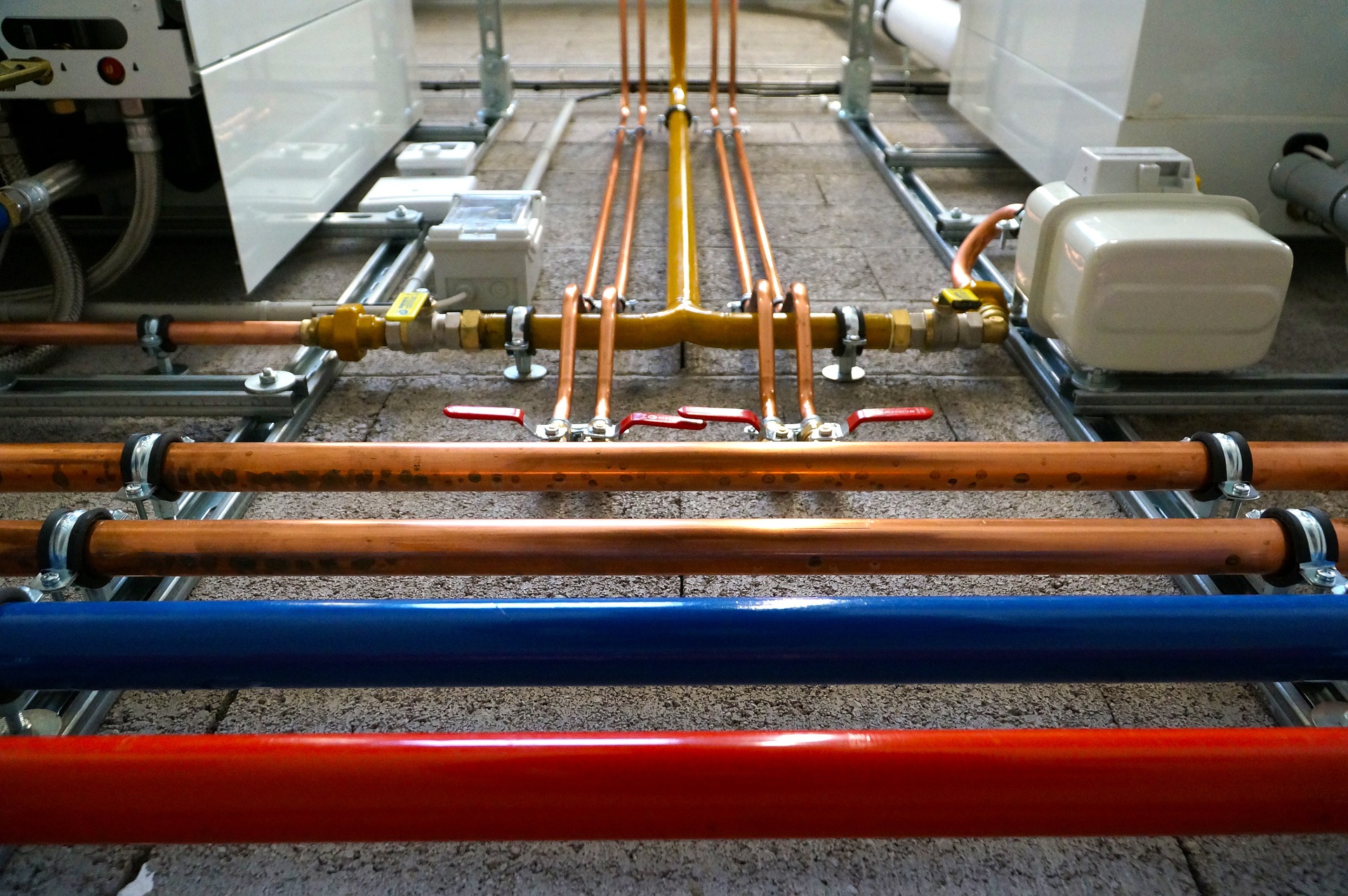Undertaking a re-piping project is no small task. While re-piping can help to improve your home’s plumbing system, it can also quickly become a nightmare if not done correctly. Unfortunately, this is a lesson that I learned the hard way when I began my re-pipe project from hell.
Initially, I decided to embark on the re-pipe project because we had been experiencing ongoing issues with our home’s old galvanized pipes, including frequent leaks and low water pressure. Hoping to solve these issues once and for all, I dove into the project with enthusiasm.
However, things did not go as planned. After several months of work, countless mistakes, and unexpected setbacks, I found myself wondering if the project would ever be completed. Here are some of the lessons I’ve learned from my re-pipe project from hell, and some tips for avoiding disaster in your own plumbing project.
1. Don’t go it alone

One of the biggest mistakes I made was attempting to tackle the re-piping project alone. While I had done some plumbing work in the past, I quickly found myself in over my head. Plumbing is a complex and technical trade, and re-piping is a particularly tricky task that requires a lot of expertise and skill. If you’re considering a re-pipe project, make sure you have the assistance of a professional plumber who can help guide you throughout the process.
2. Don’t skimp on materials
Another mistake I made was trying to save money by using subpar materials. This is one area where you really do get what you pay for. High-quality plumbing materials may be more expensive upfront, but they will ultimately save you money in the long run by preventing leaks, reducing the need for repairs, and extending the life of your plumbing system. Don’t skimp on materials to save a few bucks – it simply isn’t worth it.

3. Plan carefully
Before you begin any plumbing project, it’s absolutely essential to plan ahead. This means understanding the scope of the project, drawing out a detailed plan, and creating a step-by-step timeline to help you stay on track. Be sure to carefully consider any potential issues or challenges you may encounter, and have contingency plans in place in case something goes wrong.
4. Don’t be afraid to ask for help
When I first encountered problems during my re-pipe project, I was hesitant to ask for help. However, I quickly learned that there is no shame in seeking assistance when you need it. Whether it’s calling in a professional plumber to help with a tricky installation, consulting a plumbing expert for guidance, or simply getting advice from a friend who has experience with plumbing projects, don’t be afraid to ask for help when you need it.
5. Invest in the right tools
Having the right tools is crucial for any plumbing project, and this is especially true for re-piping. From specialized cutting tools and soldering equipment to inspection cameras and pressure gauges, investing in high-quality plumbing tools will not only make the job easier, but will also help ensure that the work is done correctly and safely.
Ultimately, my re-pipe project from hell taught me the importance of being prepared, seeking help when you need it, and investing in quality materials and tools. With careful planning and the right assistance, a re-pipe project can be a valuable investment in your home’s plumbing system. But by neglecting these key factors, you may find yourself in a disaster like I did. Learn from my mistakes, and take the time to plan your re-pipe project carefully before you dive in.






